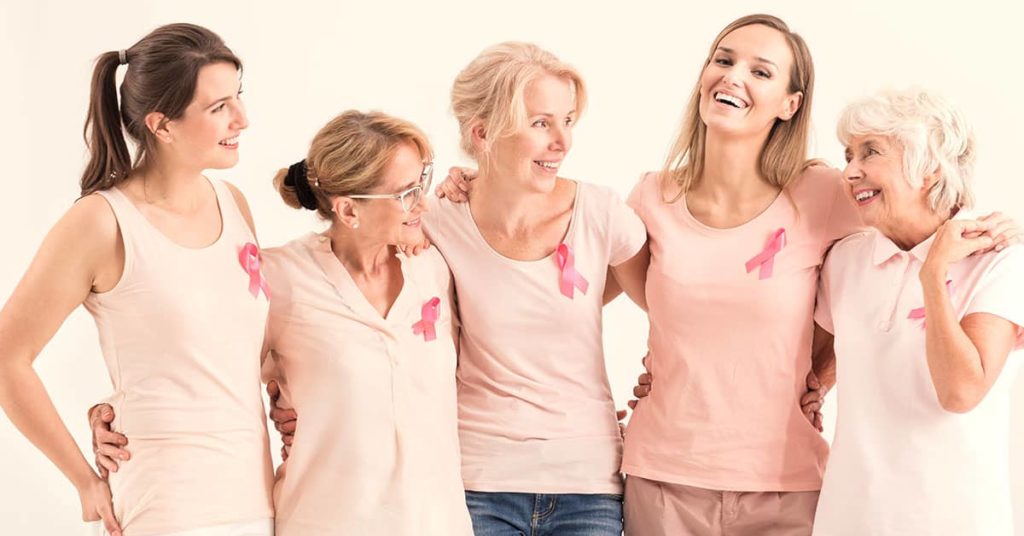Key points:
-
How to do a self-examination
-
What tests are necessary to rule out any suspicion
-
What is the best lifestyle to prevent cancer
Learn to self-examine your breasts correctly
Breast self-examination is an extremely important process that you should adopt as an important habit since it can save your life. It consists of physically and visually examining your breasts, which will allow possible abnormalities to be detected in time and, therefore, to make a timely breast cancer diagnosis.
Here we share the steps for you to do it at home:
Step 1. Look at your breasts in the mirror with your shoulders straight and your arms by your hips. They should look typical in size, shape, and color, with no visible deformation or swelling.
Step 2. Raise your arms and carefully observe if they are normal, that is, if they have not changed in color, shape, or size.
Step 3. Press your breasts and make sure that no fluid comes out of the nipples (clear, milky or yellowish, or blood).
Step 4. Lie down and make coin-sized circular motions with your hands, right breast with the left hand, and left breast with the right hand. Make sure it’s a slow, firm touch with your fingertips, keeping them straight and together. Touch your entire breast, from top to bottom and side to side, from your collarbone to your upper abdomen, and from your armpit down to the neckline.
Step 5. Finally, touch your breasts standing or sitting when the skin is wet and repeat step 4. It is recommended to perform this self-examination a few days after the menstrual period.
What tests should you perform for early detection of breast cancer?
The purpose of screening tests is to find cancer early when it is still treatable, thus increasing the chance of a cure. These are some tests that you can consider if you have found any anomaly in your self-examination, your doctor will tell you which one you need or the frequency to do them according to your conditions.
- Breast ultrasound: It is a machine that uses sound waves to produce detailed images, called sonograms, of areas within the breast.
- Diagnostic mammography: This is a more detailed x-ray of the breast, with which the diagnosis can be more precise if a lump has been found.
- MRI: It will take detailed pictures of areas inside the breast to find suspicious tissue.
- Biopsy: It involves removing tissue or fluid from the breast for further testing. There are different types of biopsies, for example, fine-needle aspiration, core-needle biopsy, or open biopsy.
Healthy habits to prevent breast cancer
- Eat a balanced and high-fiber diet; include broccoli, chard, spinach, mushrooms, grapes, and papaya.
- Reduce the consumption of sugars and fats.
- Exercise for at least 30 minutes a day.
- Avoid harmful substances such as cigarettes and alcohol.
At ABC Medical Center’s Cancer Center, we can provide you with specialized care. Contact us!
Fuentes:
https://www.imss.gob.mx/salud-en-linea/blog-salud/habitos-saludables-prevencion-cancermama


